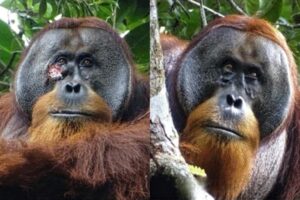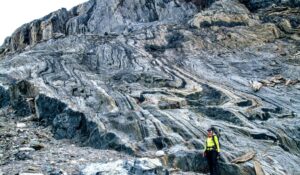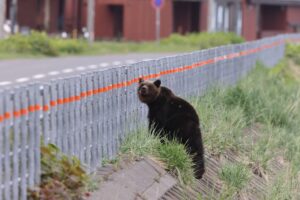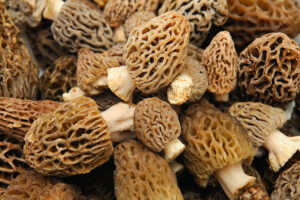Decades ago, we disparaged the dodo as dumb because it couldn’t fly, couldn’t run fast, and couldn’t escape the 17th-century sailors in Mauritius who clubbed into extinction for meat. Nowadays, we’re more understanding of the plight of animals ill-equipped to deal with a human predator for which they had not evolved.
But as the de-extinction of the dodo draws closer, the question remains: Should an animal that disappeared centuries earlier be resurrected as a curiosity? Or is that just the sort of hubris depicted in Jurassic Park?
For years, Colossal Biosciences, a U.S.-based genetic engineering company, has been moving toward bringing back this poster creature of extinction. Now they have partnered with the Mauritian Wildlife Foundation.
If it works, this partnership will not only bring the bird back to life but restore it to the wild. While Colossal works on the genetics, the Mauritian Wildlife Foundation will bring back its native habitat in Mauritius, a tiny island in the Indian Ocean east of Madagascar.

A stuffed dodo. Photo: Shutterstock
No timeline on the dodo’s return
This rewilding means the removal of invasive species, revegetation, and convincing local people to come onboard. The non-profit has already successfully brought back the Mauritius Kestrel from the brink of extinction.
No one can predict exactly when the famous bird will waddle again on the shores of this tiny island. But Beth Shapiro, the lead paleo-geneticist on the project, has successfully sequenced the dodo’s genome. This took decades.
The team hopes to modify the genome of the Nicobar Pigeon, the dodo’s closest living relative, to resemble that of the dodo. This means that they will not actually bring back the large, flightless bird but produce a hybrid that resembles it.
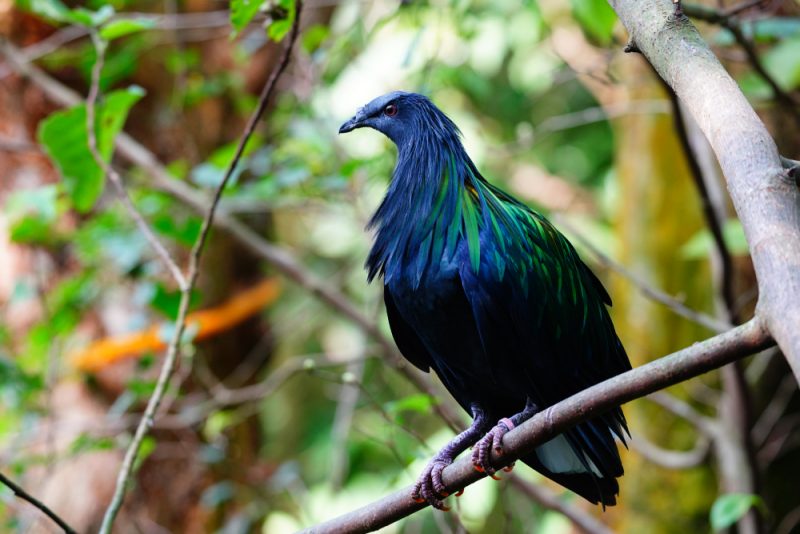
The Nicobar Pigeon. Photo: Shutterstock
They will gradually edit the genetics of one of the pigeons until it lays the egg of the newly made dodo. This process will be unbelievably difficult. They first need to insert the edited genome into the egg cell of a Nicobar Pigeon. Finding the nucleus of a developing bird egg is very hard to do because it is so small.
To circumvent these difficulties, they are trying to use primordial gene cells (PGCs), extracted from a Nicobar Pigeon embryo. They genetically modify them, then inject them into a chick. The PGCs travel through the blood into the gonads and lead to the development of egg or sperm cells. As the chick grows, its sperm or egg cells should then carry the edited genome of the dodo. In turn, the pigeons will turn into surrogates for these dodos.
This is not the only animal that Colossal Biosciences is trying to resurrect. It is also working on the Tasmanian tiger and the woolly mammoth.
Many question why we would want to do this. These animals went extinct either because of human influence or an inability to adapt to a changing environment. Is it our place to give back life to the losers of the age-old “survival of the fittest?” Would it not be better to use these resources to protect living species currently threatened with extinction?

A drawing of a dodo. Photo: Shutterstock
“We’re not out to build things that shouldn’t exist,” company CEO Ben Lamb explained to phys.org. “We’re focused on undoing the sins of the past and bringing back species to their native homes.”

